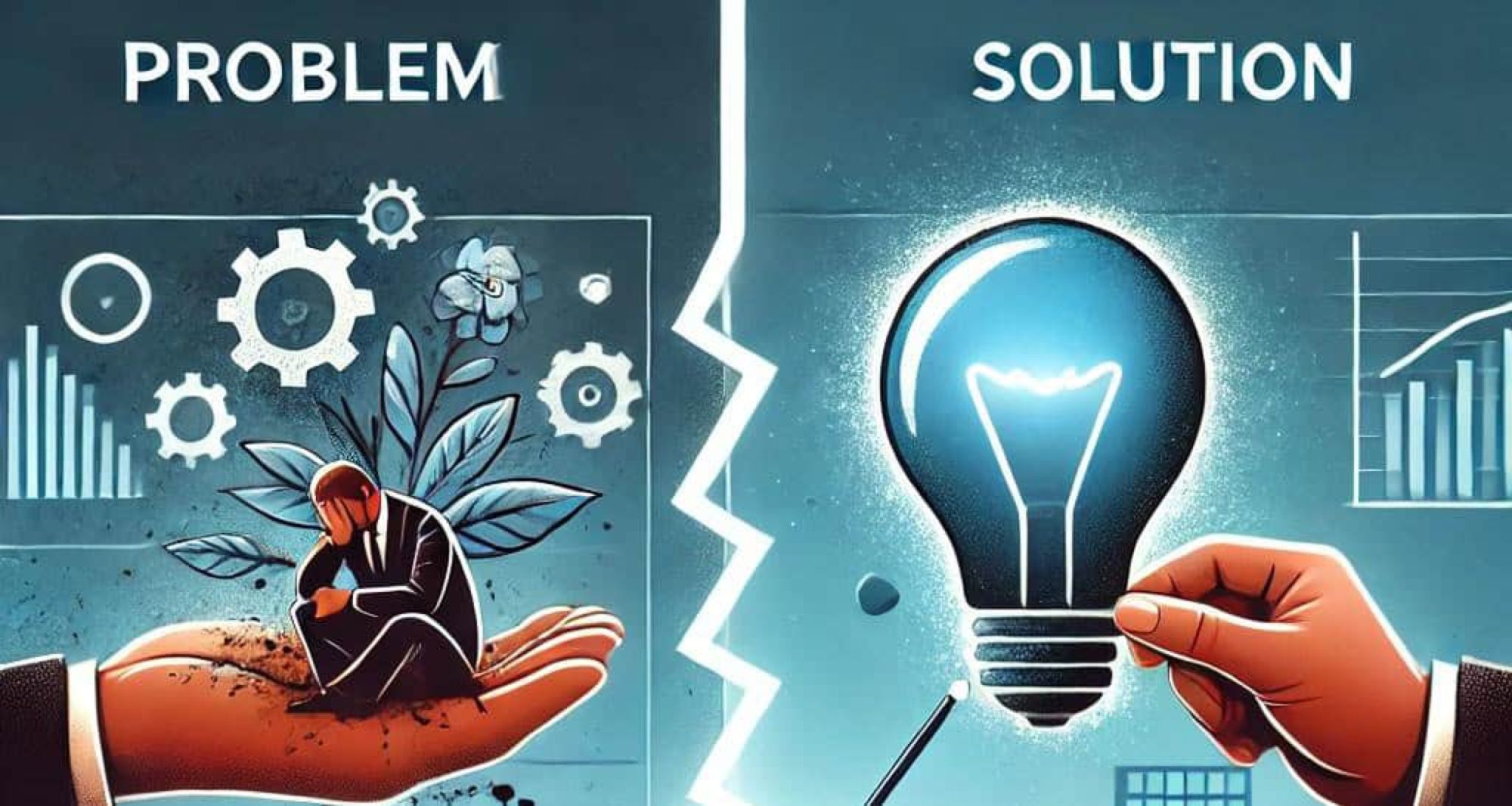Create The Problem, Sell the Solution: The Psychology Behind Modern Marketing

Have you ever bought something you never knew you needed until an advertisement convinced you otherwise? That’s the power of “create a problem, sell the solution”, a strategy used by marketers, businesses, and even governments to drive consumer behavior. The idea is simple: introduce or highlight a problem – whether real or perceived – and then offer a product or service as the perfect fix.
This marketing technique has been used for decades across industries, from beauty and health to technology and security. But how does it work, and is it ethical? Let’s dive into the psychology behind this strategy, how brands use it, and how consumers can become more aware.
1. Understanding the Strategy
What Does “Create a Problem, Sell the Solution” Mean?
This tactic involves two major steps:
- Step 1: Introduce or amplify a problem that people may not have been concerned about.
- Step 2: Present a product or service that directly solves this problem.
Psychological Principles at Play
This strategy works because of basic human psychology:
- Fear and Anxiety: People are wired to solve problems and eliminate discomfort.
- FOMO (Fear of Missing Out): No one wants to be left behind, especially when it comes to health, status, or security.
- Desire for Convenience: If a product claims to make life easier, people are more likely to buy it.
2. How Brands Use This Strategy
Beauty and Personal Care Industry
Beauty and Personal Care Industry
Many beauty brands highlight “flaws” people weren’t concerned about before, such as wrinkles, dark spots, or dry hair. Then, they introduce a new anti-aging cream, serum, or shampoo as the perfect fix.
Tech Industry
Smartphone companies do this well. A brand might release a new phone with a “must-have” feature, making previous models feel outdated – even though they still function perfectly.
Health and Wellness
Weight loss and fitness brands often emphasize belly fat, toxins, or “unhealthy” habits to push supplements, detox teas, or gym memberships.
Security and Safety
Home security companies highlight rising crime rates, making homeowners feel unsafe, and then present their latest security system as the ultimate protection.
3. Real-World Examples
Example 1: Mouthwash and Halitosis (Bad Breath)
In the early 1900s, Listerine popularized the term “halitosis” to describe bad breath, framing it as a serious social problem. They then marketed their mouthwash as an essential daily solution, driving massive sales.
Example 2: Apple and the iPhone
Apple is famous for making older devices feel obsolete. Each new iPhone launch includes subtle messaging that makes previous versions seem slow, outdated, or lacking new features, nudging consumers to upgrade.
Example 3: Anti-Aging Products
Before skincare marketing exploded, most people didn’t worry about “fine lines in their 20s.” But brands have made early aging a concern, pushing “preventative anti-aging” products to younger audiences.
4. The Ethical Debate
Is It Manipulation or Smart Marketing?
Some argue that this strategy preys on fear and insecurity, making people buy things they don’t actually need. Others see it as just smart business – if a product improves lives, why not highlight its necessity?
How Consumers Can Stay Aware
Question the Problem: Is this a real issue or just marketing hype?
Research Alternatives: Is there a cheaper or simpler solution?
Wait Before Buying: Avoid impulse purchases based on fear or urgency.
The “create a problem, sell the solution” strategy is powerful, shaping consumer behavior across industries. While it can lead to genuine innovation and useful products, it can also be manipulative if not used ethically. As consumers, awareness is key – understanding these tactics helps us make smarter, more informed decisions.
FAQs
1. Is “create a problem, sell the solution” always unethical?
Not necessarily. If a company solves a genuine problem, it’s good marketing. The issue arises when they manufacture fear or insecurities just to sell products.
2. How can I tell if a company is using this strategy?
Look for fear-based messaging, exaggerated problems, and urgency-driven marketing.
3. What industries use this technique the most?
Beauty, health, technology, security, and financial industries frequently use it.
4. Are there positive uses of this strategy?
Yes! Some businesses highlight real problems, like environmental pollution, and offer sustainable solutions.
5. How can I avoid falling for manipulative marketing?
Be skeptical of fear-based ads, do your research, and don’t rush into purchases.
Let Us Help You Get More Customers:
From The Blog:
- Best Blog Length for SEO
- Cheaper Alternatives to Ahrefs
- Best Article Submission Sites for SEO
- Can You Hide Citations From Competitors
- Best Article Length for SEO
- Can You Have Multiple H2 Tags on a Page
- Best Article Directories for Backlinks
- Can You Have Multiple H1 Tags on a Page
- Benefits of Schema Markup
- Can Subdomains Rank in Google

